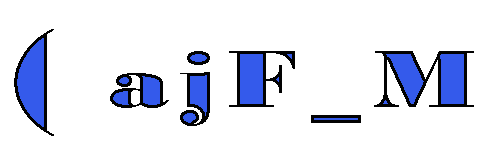

Some Words I
...Given that it is possible to visualise a musical composition as a line along which various sound events happen at various points interspersed and linked by silence (John Cage), so too is it possible to see a painting as a field on which various (sequential) events occur at various points linked by layers or patches of colour or their absence (empty space)...
The artist’s task is, first, to add constantly to the range of possibilities (the creative process); second, to carry out the operations that make the selections and draw up the schema (the organisational); and finally to carry out those instructions and arrive at a result (the technical, the craft).
Through the use of ‘chance operations', the imagination of the artist is freed from subjectivity enabling it to concentrate on the task of widening the vocabulary of the work by opening
up the field of possibilities from which the selections would be made, allowing the fullest possible range of ‘ideas’ the free room
in which to achieve a result that could equally be seen as a mere product of the process (the sum in short of the to-ing and fro-ing on the surface according to the dictates of the system).Broadly speaking, this process follows the same rules as any other method of making a painting except that it is approached from a very different standpoint; the position now occupied by the artist has changed. He now stands on the ground formerly occupied by ‘inspiration’ or whatever other force provided the impetus to make the work, as opposed to being the vehicle through which this force (supposedly) worked. In a sense a random assembly of variations are presented to the materials (through the mediation of the artist) which then form the work (within the confines of stop/go provided by chance) in a situation with very little to restrict it. Technically and aesthetically the whole of art history becomes a source of possibilities which can be used in ways that are free of the dictates of ‘taste’ to produce work that can be seen by the viewer purely on its own terms.
An opening is made for a true
dialogue to build between the two.The viewer need no longer feel that he/she must like/dislike the work simply because it has the seal of approval/disapproval of a third party. The viewer is freed to approach the work in a much more open frame of mind thereby being more likely to truly ‘experience’ it.